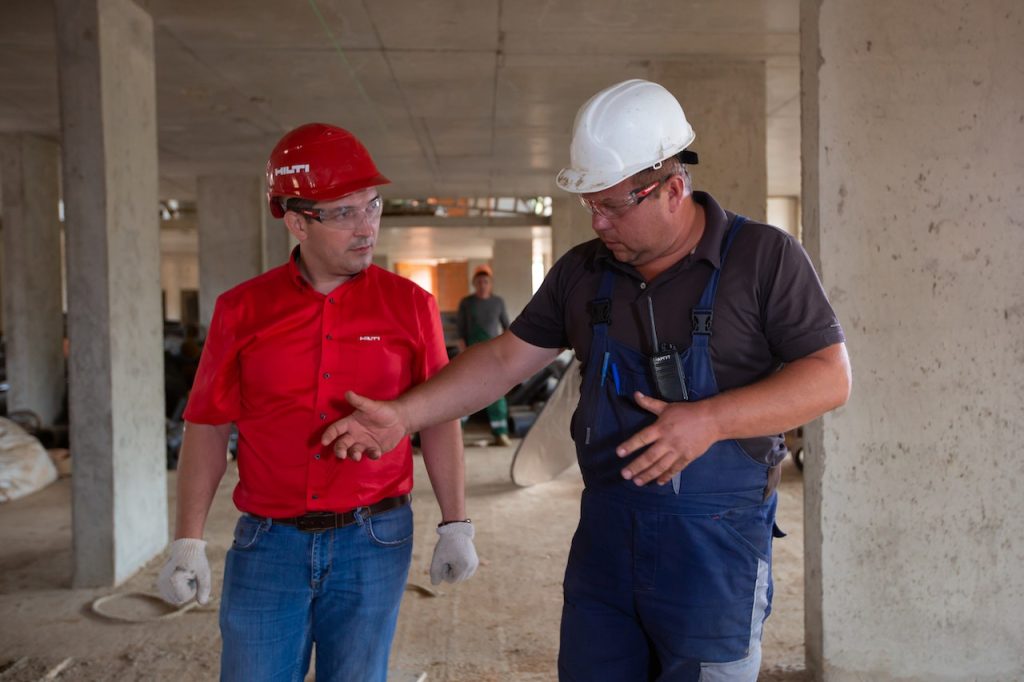Kentledge testing involves the use of dead weights as a reaction system.
For bored, cast-in-situ piles where anchor piles cannot be installed, the use of a kentledge reaction system can be an appropriate testing solution.
Also, where insufficient friction capacity may be available to allow the use of tension piles, the kentledge system is commonly used.
Pile Compression Load Test by Kentledge System
1. General
This compression test using either the reaction frame or kentledge system is undertaken on a test pile concurrent with the construction of the main piling works. The test is used to validate the pile design. In this case the pile is loaded to 2 times the design working load.
2. Frequency
The frequency of this test is one pile to represent the entire site including current and future pile installation.
3. Prerequisite
The preinstalled micropile shall only be tested after the 10th day for the grout to be sufficiently hardened. This can be confirmed by the grout test cube reports.
4. Method
a) The pile head shall be prepared with casing to be above the ground by a sufficient length or a minimum of 300mm.
b) Assemble the kentledge system as shown in the diagram with sufficient care when stacking and placing the I-beams The geometry of the arrangement should also aim to minimise interaction between the test pile, reaction system and reference beam supports. Allow a 10% to 20% margin on the capacity of the reaction against maximum test load.
c) A hydraulic jack and calibrated load cell reacting against a set of steel beams tied to anchor piles is placed.
d) Fix four (4) nos. dial gauges on an independent ‘frame’ to measure the pile head displacement.
e) Movement of the pile head shall be measured using the four (4) Nos dial gauge and checked with a leveling instrument and scale rules fixed to their holers. The scale rule shall have an accuracy of 1mm, visually interpretable to 0.5mm. Two scale rule shall be fixed on top of the pile head on diagonally opposite sides. f) Another scale rules shall be fixed as independent bench marks to be rested on a permanent structure or to one Y20 or equivalent bar driven at least 1m inside firm ground.
g) All testing equipment shall be protected from unnecessary disturbance prior to and throughout the load test.
h) The loading sequence shall follow the client’s specification including the step and duration.
i) Records shall be kept promptly throughout the testing period. A copy shall be extended to the Superintending Officer at the end of the test.
Following each application of an increment of load the load shall be held for not less than the period shown in the above table.
For any period when the load is constant, time and settlement shall be recorded immediately on reaching the load and prior to the next step of load. At 24hrs holding time, the load shall be recorded at 1hr interval.

